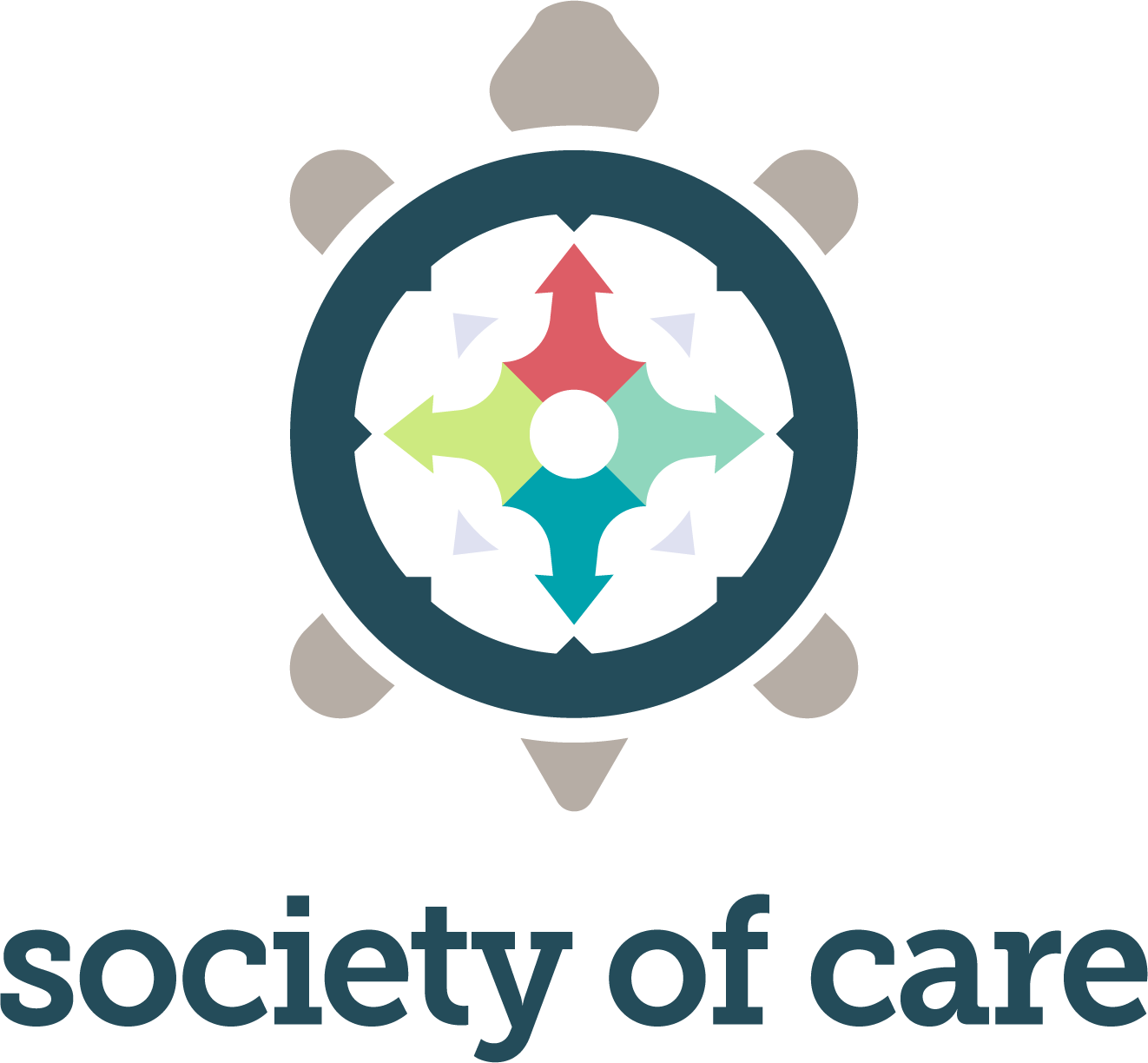Anxiety is a term that is used frequently in our society, but what does it actually mean? Anxiety is a group of mental health disorders that include generalized anxiety disorder, social anxiety disorder, panic disorder, and obsessive-compulsive disorder. Each of these disorders has different symptoms, but all of them are characterized by excessive worry or fear. In this blog post, we will discuss what anxiety is and isn’t, as well as the symptoms and treatment options for this condition.
Demystifying Anxiety
societyofcare • July 8, 2022
Join Our Mailing List

The start of a new year often brings a sense of pressure. Messages about resolutions, productivity, and self improvement can feel overwhelming, especially for families who are already navigating busy schedules and emotional needs. At Society of Care, we believe growth does not have to feel rushed or rigid. Instead, January can be a meaningful time to set gentle goals together as a family.

Busy days, full schedules, and lots of activity can be exciting, but they can also leave children feeling overwhelmed. When stimulation builds up, children may struggle to regulate their emotions, focus their attention, or transition smoothly through the day. This can happen even when experiences are positive.

Change is a natural part of life, but for children, even small changes can bring big emotions. Shifts in routine, environment, expectations, or relationships can feel confusing or overwhelming. Children may not always have the words to explain what they are feeling, but their emotions often show up through behavior, body language, or changes in mood.

Choosing gifts for children can be an opportunity to celebrate who they are while nurturing the skills they are developing. A strength based approach focuses on what a child already does well. It also supports the areas where they are growing. When gifts match a child’s interests, learning style, and developmental needs, they can spark confidence and independence in meaningful ways.

As the year winds down, many families begin to feel the familiar shift that comes with the holiday season. Plans change, routines get disrupted, and schedules often fill more quickly than expected. These moments can bring joy and connection, but they can also create stress, unpredictability, and emotional strain, especially for caregivers already balancing full plates.






